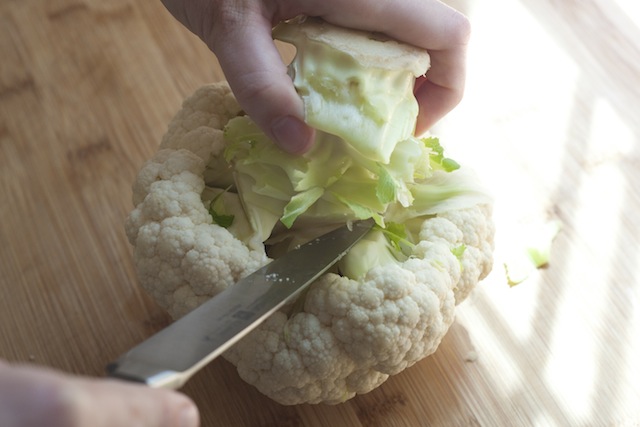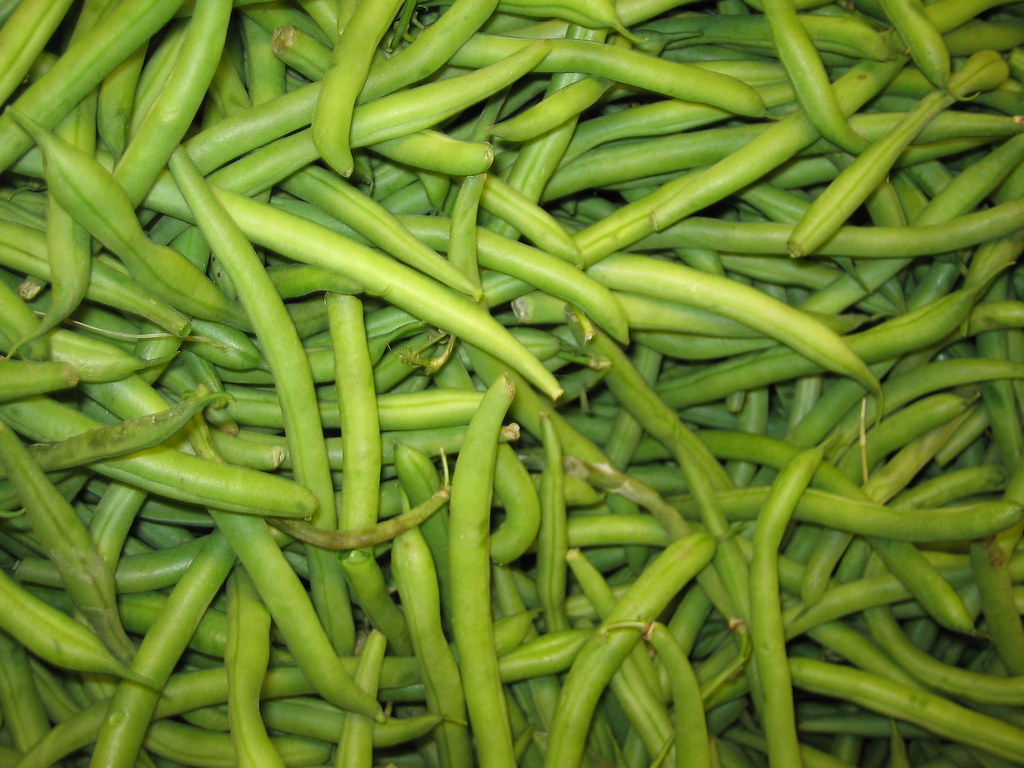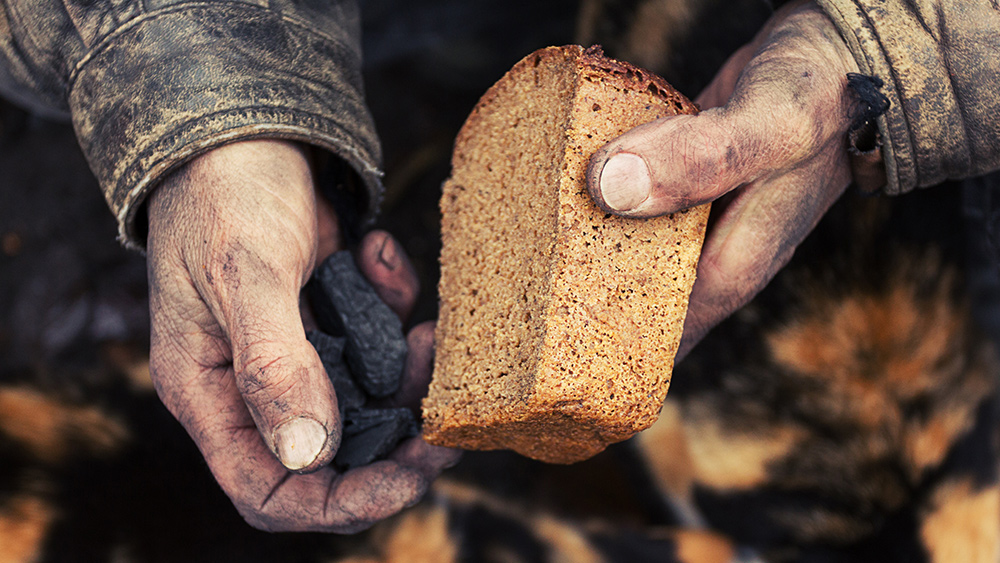
Advertisement
(Homesteading.news) There are a number of food preservation techniques to ensure that you and your family can enjoy the fruits (and vegetables) of your gardening labor all year round. Of course, canning is a favorite method and very handy; so is drying/dehydrating. But you can also freeze your garden goodies for long-term storage while still retaining that same-day freshness when you serve them up in the dead of winter. And what’s more, you can freeze both vegetables and fruits
To begin, you need to harvest your produce on a day when you have lots of time to prepare it for freezing. It’s an easy process, but it is a process nonetheless.
Vegetables: These will need to be blanched – cooked briefly in boiling water, about three minutes – before they can be frozen. To blanch: Bring 1 gallon of water per pound of prepped vegetables (about 2 cups) to a boil in a large pot. Add the vegetables, cover, return to a boil and cook. Immediately transfer the vegetables to a large bowl of ice water. Drain well; pat dry.

Next, spread vegetables in a single layer on a large baking sheet and freeze until solid. Pack the frozen vegetables or fruit in quart- or gallon-size freezer bags; you can also use a vacuum sealer for sealing your frozen fruits and vegetables. The goal is to pack them with as little air inside the bag as possible. When frozen foods come in contact with air, off flavors can develop. Vacuum sealers, which remove all the air from a package, help keep flavors fresh.
Your fresh-picked fruit should be washed, allowed to dry, then spread out in a single layer for freezing. Once frozen, vacuum-pack it as you would vegetables.


To prepare: To reheat frozen vegetables for a quick side dish, you can microwave them by placing a portion in a microwave-safe dish and add 2 tablespoons water and cover. However, a much healthier option is to steam them instead: Place them in a pot with a steamer basket in an inch of water and boil to the desired consistency (less time for crunchier veggies, more time for softer ones).
Frozen fruits can be added to shakes, smoothies and other drinks or thawed and eaten separately or with meals.
Following is a list of veggies you can freeze, along with blanching times:
— Asparagus:
Prep by cutting woody ends
Blanch for 2-3 minutes.
— Bell Peppers:
Prep: Remove seeds; cut into 1/2-inch pieces.
Blanching Time: 2-3 minutes
— Broccoli and cauliflower:
Prep: Cut into 1- to 1 1/2-inch florets.
Blanching Time: 3 minutes
— Brussels Sprouts:
Prep: Remove outer leaves, trim stems. Halve small sprouts or quarter larger.
Blanching Time: 2-3 minutes

— Carrots:
Prep: Peel and cut into 1/4-inch slices or cubes.
Blanching Time: 2 minutes
— Corn:
Prep: Husk corn and remove kernels.
Blanching Time: 2 minutes
— Chard, Kale and Spinach:
Prep: Remove any woody stems and/or ribs; chop if desired.
Blanching Time: 2-3 minutes
— Green Beans:
Prep: Trim stem ends.
Blanching Time: 3 minutes

— Peas, Shelling Peas, Snap Peas, Snow Peas:
Prep: Remove any fibrous stems; remove shelling peas from the pod.
Blanching Time: 1-2 minutes
— Tomatoes:
Prep: Remove the core.
Blanching Time: N/A
— Zucchini and Summer Squash:
Prep: Cut into 1/2-inch slices.
Blanching Time: 2-3 minutes
Homesteading.news is part of the USA Features Media network. Follow us on Google+.
Submit a correction >>
This article may contain statements that reflect the opinion of the author
Advertisement
Advertisements















